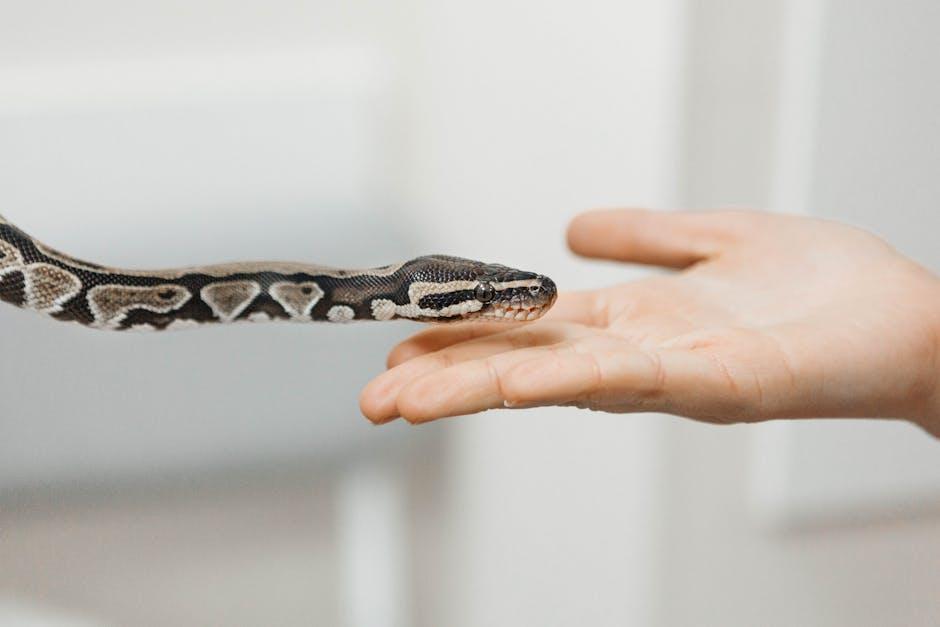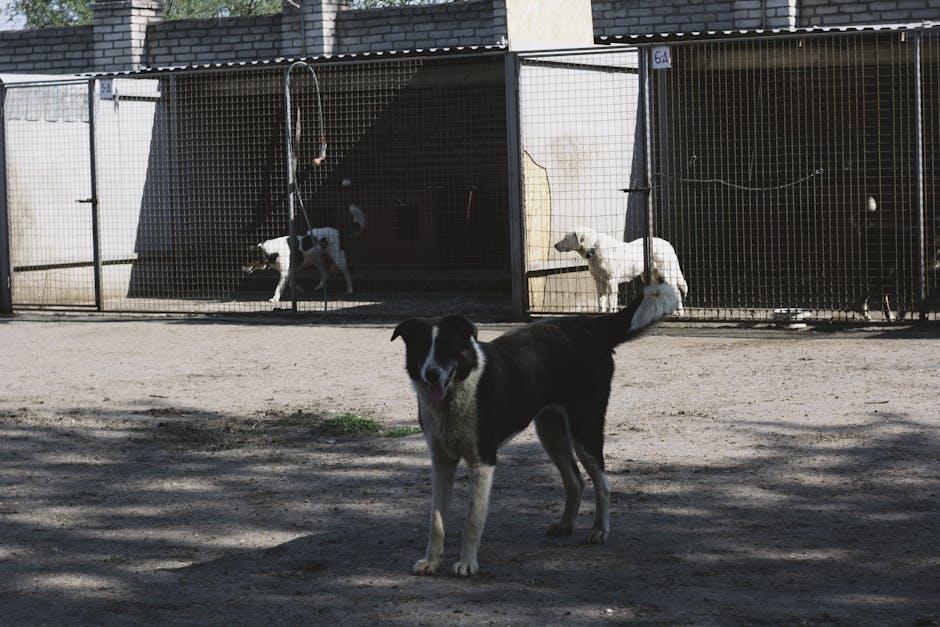When welcoming a new pet into your home, understanding their behavioral traits is key to fostering a harmonious relationship. Whether you choose to adopt a rescue animal or purchase a pet from a breeder, each option presents its own set of unique challenges and rewards. Rescue pets often carry with them a history that can influence their behavior in profound ways, while purchased pets typically come with a more predictable background. In this article, we will explore the distinct behavioral traits commonly observed in rescue pets compared to those in purchased pets, offering insights and practical advice to help you nurture a loving and supportive environment for your new companion. By understanding these differences, you can better prepare to meet their needs and build a lasting bond that enriches both your life and theirs.
Recognizing Unique Behavioral Patterns in Rescue Pets
Each rescue pet carries with it a tapestry of experiences that shape its behavior, often resulting in a set of unique patterns that distinguish it from pets purchased from breeders or pet stores. Understanding these behavioral nuances is crucial for nurturing a fulfilling relationship with your rescue companion. Rescue pets may exhibit a variety of behaviors, including:
- Shyness or Fearfulness: Many rescue animals have faced neglect or trauma, leading to a wariness of new people or environments.
- Attachment Issues: Having experienced abandonment, some pets may develop a strong attachment to their new owners, showing signs of separation anxiety.
- Resource Guarding: Due to past scarcity, some may exhibit protective behavior over food or toys.
By recognizing these patterns, owners can tailor their approach to training and care, using positive reinforcement and patience. It’s essential to create a safe and loving environment that encourages trust and allows these pets to thrive. Understanding and addressing these behaviors not only enhances the pet’s well-being but also strengthens the bond between pet and owner.
Creating a Nurturing Environment for Adopted Animals
To foster a nurturing environment for adopted animals, it’s crucial to recognize and address their unique behavioral traits. Unlike purchased pets, rescue animals often come with a history that can include trauma, abandonment, or neglect. Understanding these aspects helps in creating a supportive atmosphere where they can thrive. Start by observing their body language and interactions. Adopted animals might display signs of anxiety, such as excessive barking or hiding, which are often rooted in past experiences. Patience is key, allowing them to adjust at their own pace.
Consider implementing a few strategies to ease their transition:
- Consistent Routine: Establish regular feeding, walking, and playtimes to provide stability.
- Safe Spaces: Designate a quiet area in your home where they can retreat and feel secure.
- Positive Reinforcement: Use treats and praise to reward good behavior, building trust and confidence.
- Socialization: Gradually introduce them to new people and environments to reduce fear and build social skills.
By taking these steps, you not only help adopted animals adapt to their new home but also build a bond that is rooted in understanding and compassion.

Building Trust with Your Purchased Pet
Building a strong bond with a pet you purchased involves understanding their unique background and behavioral patterns. Unlike rescue pets, purchased pets often come from environments where they have been socialized from a young age. This means they might be more accustomed to human interaction, but it’s crucial to recognize that each pet is an individual with their own personality and needs. Here are some key steps to nurture trust with your new furry family member:
- Consistent Routine: Establish a daily routine for feeding, walking, and playtime. Predictability helps pets feel secure and understand what to expect.
- Positive Reinforcement: Use treats, affection, and praise to reward good behavior. This builds confidence and encourages them to repeat positive actions.
- Patience and Understanding: Allow your pet time to adjust to their new home. Each animal adapts at their own pace, and gentle patience is key to helping them feel comfortable.
- Safe Spaces: Create a designated area where your pet can retreat and feel safe. This could be a cozy bed or a quiet corner of your home.
By focusing on these aspects, you’ll be laying a solid foundation for a trusting relationship with your purchased pet, ensuring they feel loved and secure in their new environment.

Tailoring Training Techniques for Different Pet Backgrounds
Understanding the unique backgrounds of rescue pets and those that are purchased is crucial for developing effective training techniques. Rescue pets often come with a history that may include neglect, abuse, or multiple rehoming experiences, which can lead to anxiety, fear, or mistrust. On the other hand, purchased pets, especially those acquired from reputable breeders, may have more stable early life experiences but can still exhibit behavioral quirks based on their breed or individual temperament.
For Rescue Pets:
- Patience is Key: Allow time for trust-building and establish a safe environment where the pet feels secure.
- Positive Reinforcement: Use treats, praise, and affection to encourage desired behaviors.
- Consistent Routine: Structure and predictability can help reduce anxiety and promote confidence.
For Purchased Pets:
- Early Socialization: Introduce them to various environments, people, and other animals to develop a well-rounded temperament.
- Breed-Specific Training: Understand and cater to the innate traits of the breed for more effective learning.
- Engagement Activities: Provide mental stimulation through toys and interactive games to prevent boredom.

